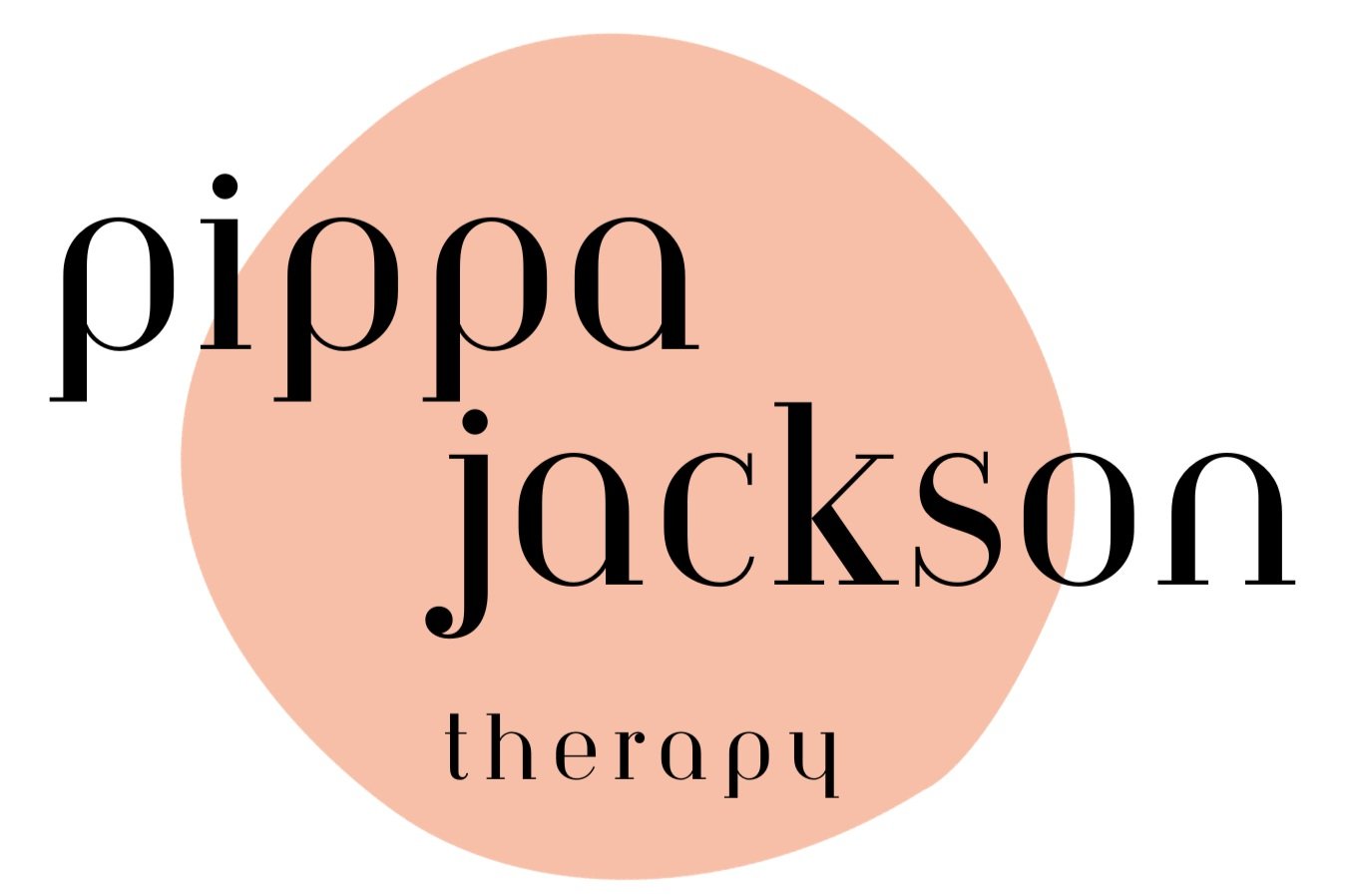Why embodiment might be the missing piece in your therapy journey
If you’ve been exploring wellness practices or therapy, you may have come across the term embodiment. It’s a concept that’s gaining attention in mental health and somatic therapy circles. But what exactly is embodiment, and how can it support emotional healing?
In this article, we’ll explore what embodiment is, how it connects to therapy, and why it’s such a powerful tool for nervous system regulation, emotional processing, and building a stronger mind-body connection.
What is Embodiment?
At its most basic level, embodiment means being present in your body and aware of your physical sensations. It’s about experiencing life from within your body, rather than just processing everything intellectually. When we’re embodied, we’re connected to our body’s cues—things like tension, relaxation, energy levels, and intuition.
In today’s fast-paced world, it’s easy to become disconnected from the body. Many of us live “from the neck up,” relying heavily on our thoughts while ignoring the signals our body is constantly sending. This disconnection can be especially common for people who’ve experienced trauma, chronic stress, or emotional overwhelm.
Embodiment work helps us rebuild that connection with our body in a gentle, supportive way, transforming it into a trusted resource for healing and well-being.
How is Embodiment Used in Therapy?
Traditional talk therapy focuses on thoughts and emotions, but embodiment-based therapy engages the body as an active part of the healing process. This is crucial because the body holds memories and experiences—especially trauma—that can’t always be accessed or resolved through words alone.
Here’s why embodiment can be a powerful tool in therapy:
1. It Regulates the Nervous System
When we experience stress or trauma, our nervous system can get stuck in fight, flight, or freeze mode. Over time, this chronic activation can manifest as anxiety, depression, or feelings of disconnection from the world around us.
Embodiment practices like breathwork, mindful movement, and somatic awareness help regulate the nervous system. They bring us back into a state of balance, creating a sense of calm and safety in the body.
2. Emotional Processing Beyond Words
Have you ever felt something so powerful that you couldn’t put it into words? Embodiment work taps into those deeper layers of experience. By engaging the body directly, we can process and release emotions that the mind alone might struggle to make sense of.
We feel our emotions quite physically; when we feel sad we might feel tightness around the eyes, throat or a heaviness in the chest, anger might be felt as tension of the muscles or jaw. Sometimes we don’t need to know the “story” around these emotions, but can use techniques such as “soften, soothe and allow” to acknowledge, accept and relieve difficult emotions.
3. It Strengthens Boundaries
Our physical sense of boundaries—where our body exists in space—can reflect our emotional boundaries. When we’re disconnected from our body, it’s harder to recognise what feels safe or appropriate in our relationships.
Embodiment practices like proprioceptive awareness (understanding where your body is in space) can improve both physical and emotional boundaries. This helps us feel grounded, assertive, and clear in our interactions with others.
4. It Builds a Positive Relationship with the Body
For many of us, the body is something to be judged, controlled, or improved—thanks to societal pressures around appearance and productivity. Embodiment offers a different perspective, helping us see the body as a resource for self-regulation, connection, and healing.
When we listen to the body’s cues and trust its wisdom, we start appreciating it not just for how it looks but for everything it does for us—helping us breathe, move, and process emotions.
Practical Ways to Explore Embodiment in Therapy
If you’re curious about integrating embodiment into your therapeutic journey, there are many accessible practices to explore. Here are a few:
Mindful movement: This could include yoga, stretching, or walking with awareness.
Breathwork: Using different breathing techniques to regulate your nervous system and calm your body.
Somatic experiencing: A therapeutic approach that focuses on resolving trauma through body awareness.
Interoceptive awareness: Paying attention to internal sensations, such as heartbeat, hunger, or areas of tension.
These practices can be incorporated into therapy sessions or used on your own to build greater body awareness and emotional resilience.
Why Embodiment Matters for Healing
Reconnecting with the body can be a transformative experience. It offers a way to step out of old patterns—stress, self-judgment, emotional overwhelm—and into a more compassionate relationship with yourself.
Whether you’re working through anxiety, trauma, or simply want to feel more present and connected in your daily life, embodiment provides a pathway to healing that’s grounded in the body’s natural wisdom.
A Simple Embodiment Practice to Try Today
Want to get a taste of what embodiment feels like? Try this:
Sit somewhere quiet and take a few deep breaths.
Bring your attention to your body. Notice your feet on the floor, your hands in your lap, or the rise and fall of your breath.
Ask yourself: What sensations am I feeling right now? Do I notice physical sensations or emotions present in my body? Do these sensations shift and change as I sit with them? There’s no right or wrong answer—just notice.
This simple practice is a first step toward tuning into your body’s signals and reconnecting with the present moment.
Conclusion: Embodiment as a Key to Self-Discovery
Embodiment is more than just a wellness trend—it’s a powerful tool for personal growth and healing. By integrating embodiment into therapy, you can regulate your nervous system, process emotions in new ways, and build a stronger connection with yourself.
If you’re interested in exploring embodiment-based therapy, reach out to a therapist trained in somatic or body-oriented approaches.
Remember, healing is a journey—and your body is here to help you along the way.


